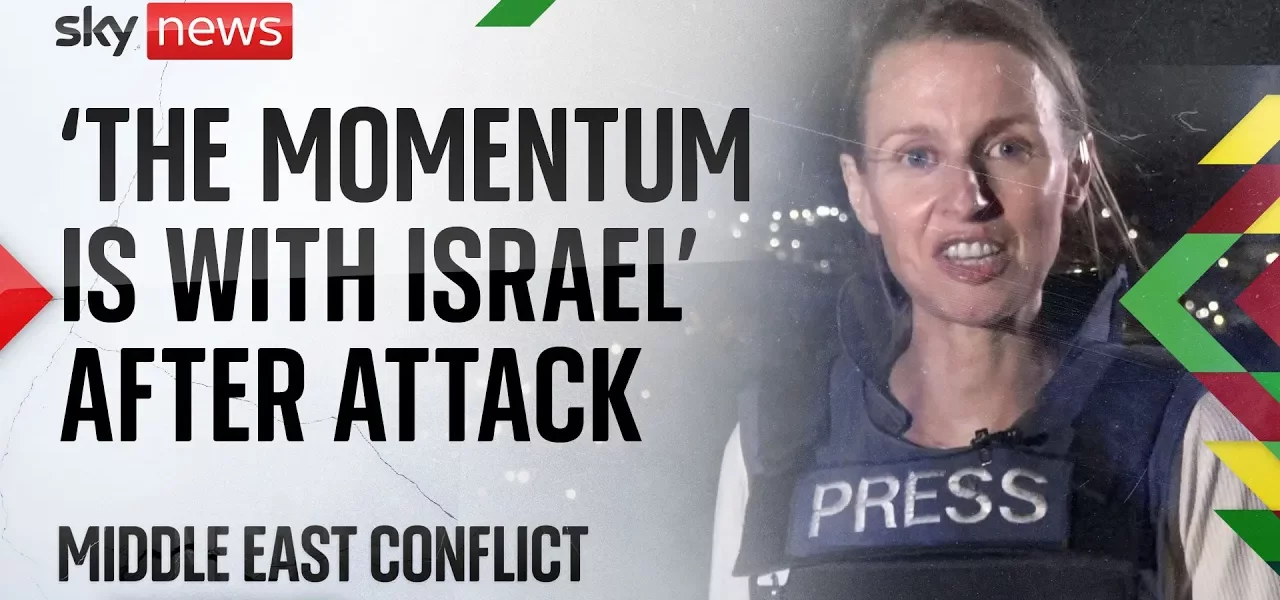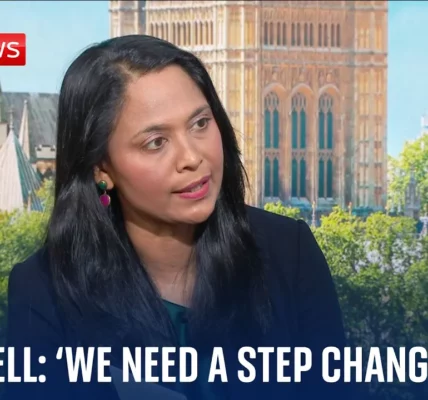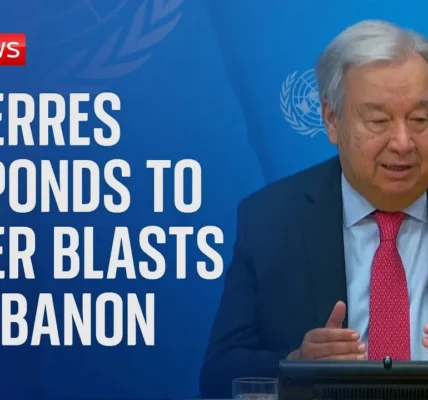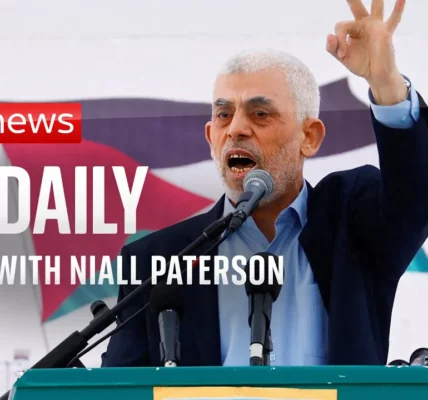Escalating Tensions: Israel’s Response to Iranian Provocations

This article explores the recent developments in the Middle East, focusing on Israel’s military responses to Iranian provocations and the broader implications for regional security. As tensions rise, understanding the dynamics at play is crucial for grasping the potential outcomes of this ongoing conflict.
Introduction
The ongoing conflict between Israel and Iranian-backed forces has reached a critical juncture, particularly following the events of October 7, 2022, when Hamas launched a deadly assault on Israel. This incident was a catalyst for heightened tensions, leading to a series of retaliatory actions and military engagements. As Israel finds itself confronting threats from multiple fronts—including Hezbollah in Lebanon, Iranian militias in Iraq, and even Houthi forces in Yemen—the complexities of regional geopolitics become increasingly apparent. This article delves into the intricate web of military actions, strategic decisions, and the implications for all parties involved.
Background of the Conflict
The current escalation of hostilities can be traced back to several key events and decisions made by both Israeli and Iranian leaders. Understanding this background is essential for comprehending the motivations behind recent military actions.
The October 7 Attack
The deadly assault by Hamas on October 7, 2022, marked a significant turning point in the conflict. This attack resulted in numerous casualties and catalyzed a strong military response from Israel.
Hezbollah’s Involvement
In the wake of the Hamas attack, Hezbollah began launching rockets into northern Israel, adding another layer of complexity to an already volatile situation. The Israeli government faced the challenge of responding effectively to multiple threats simultaneously.
Iranian Proxy Forces
Iran has been actively supporting various militant groups across the region, including Hezbollah and forces in Iraq and Yemen. These proxies have posed a significant threat to Israeli security and interests.
Israel’s Military Response
In response to the escalating threats, Israel has undertaken a series of military operations aimed at countering the influence and capabilities of Iranian-backed forces.
Initial Focus on Hamas
Initially, the Israeli military concentrated its efforts on Hamas in Gaza, conducting extensive air and ground operations. This focus was necessary to eliminate immediate threats but left limited capacity to address the situation in Lebanon.
Challenges in Northern Israel
- Over 60,000 Israeli civilians were evacuated from northern regions due to the increased rocket attacks.
- The Israeli military’s capacity was stretched as it dealt with multiple fronts simultaneously.
Escalating Attacks on Hezbollah
Over time, Israel has expanded its military operations to target Hezbollah more directly. This includes a series of strikes within Lebanon, which have escalated tensions further.
The Shift in Regional Power Dynamics
The Israeli government appears to be attempting to shift the balance of power in the region by targeting Iranian proxies. This strategy poses significant risks and could have far-reaching consequences.
Targeting Iranian Interests
Israel’s recent strikes have not only focused on Hezbollah but also on Iranian interests in Syria and Iraq. This broadening of military objectives reflects a strategic decision to challenge Iranian influence across the region.
Consequences of Military Escalation
- Potential for all-out war between Israel and Iran.
- Increased instability in the broader Middle East.
- Heightened global tensions as other nations respond to the crisis.
Conclusion
As the conflict between Israel and Iranian-backed forces continues to escalate, the situation remains highly fluid and unpredictable. Key events, such as the October 7 attack and subsequent military responses, have underscored the intricate challenges that both Israel and its adversaries face. The implications of this conflict extend beyond regional borders, affecting global security dynamics. It is essential for stakeholders to carefully monitor these developments and consider the potential consequences of further military escalation.
For more insights on the Middle East conflict and updates on the evolving situation, visit our related articles on Iranian Proxies in the Middle East and Israel’s Defense Strategies.
“`




